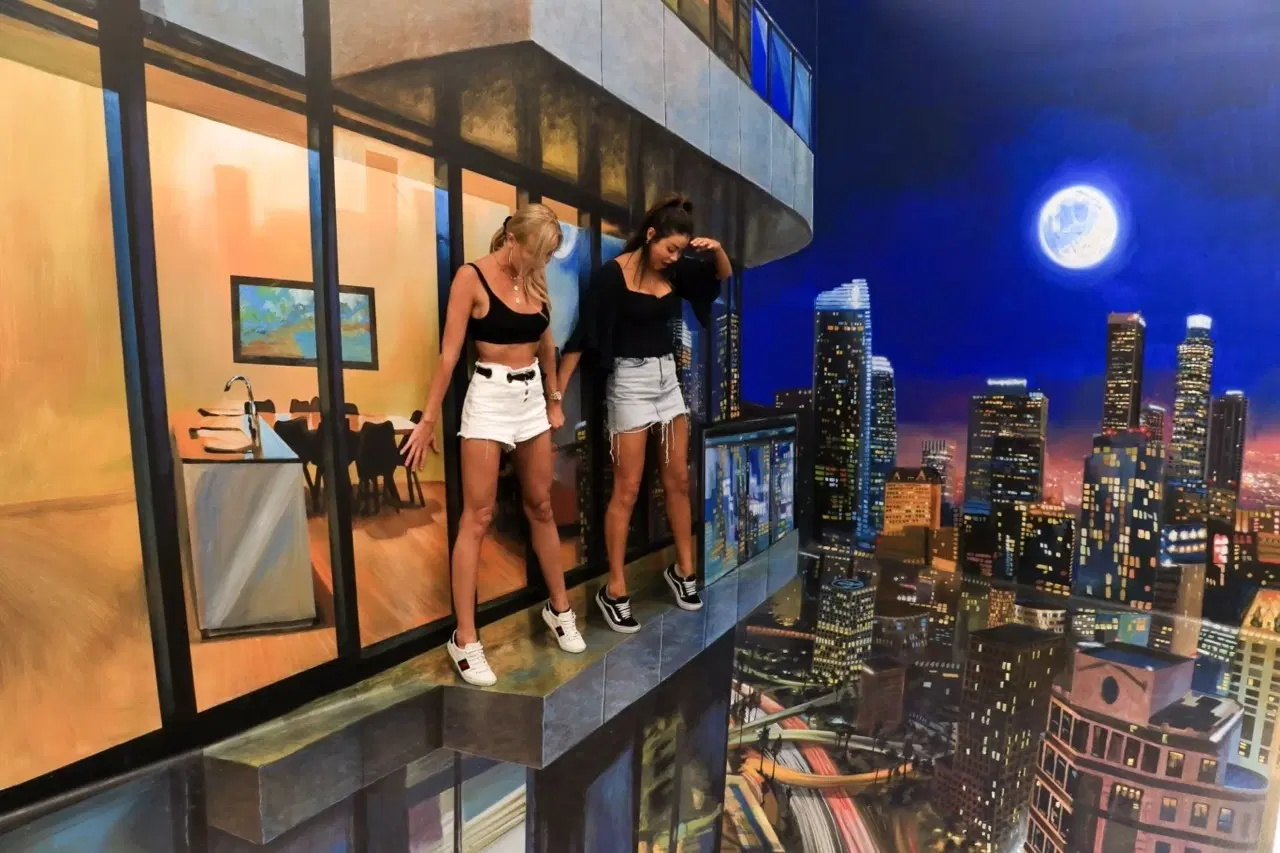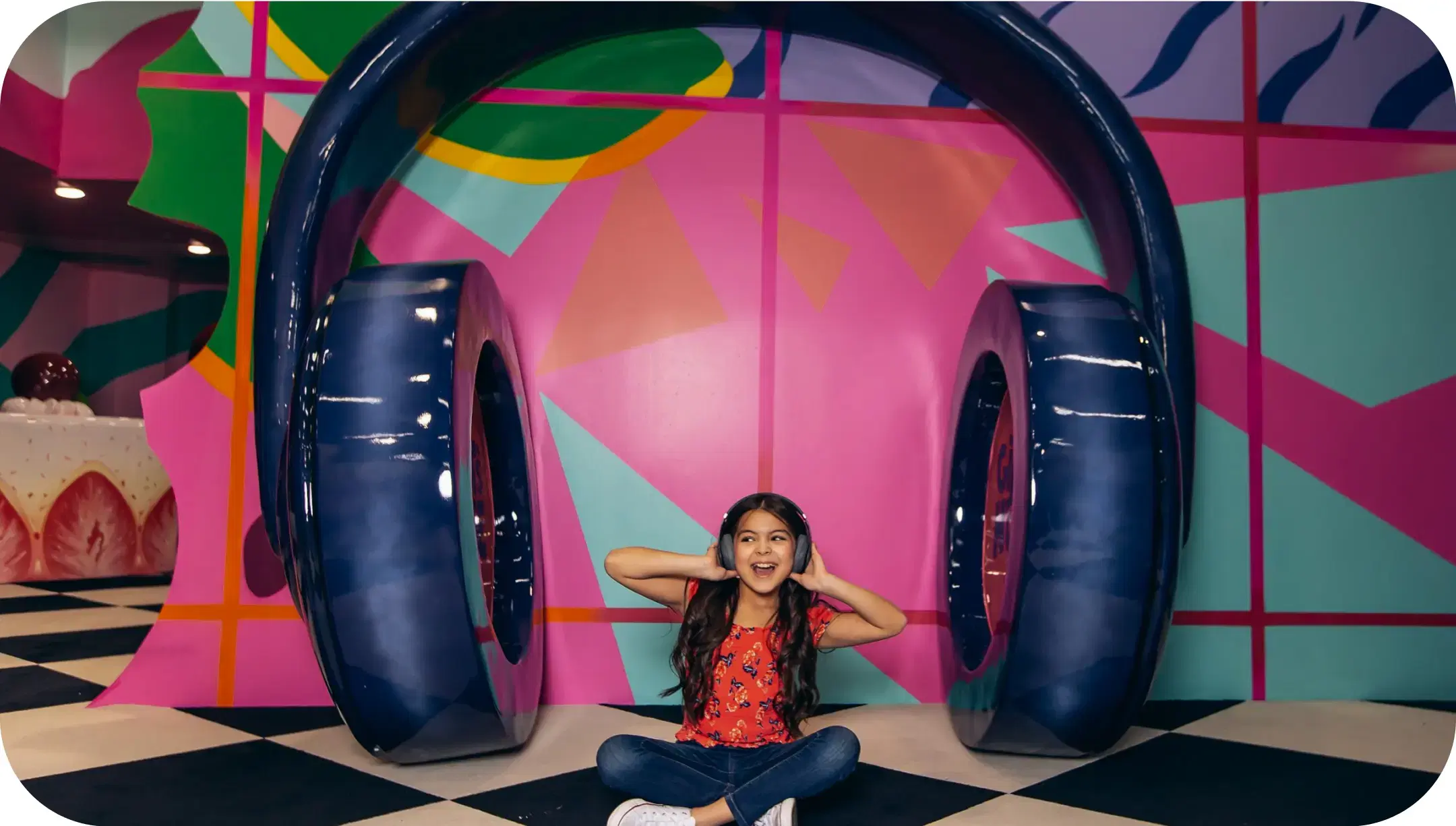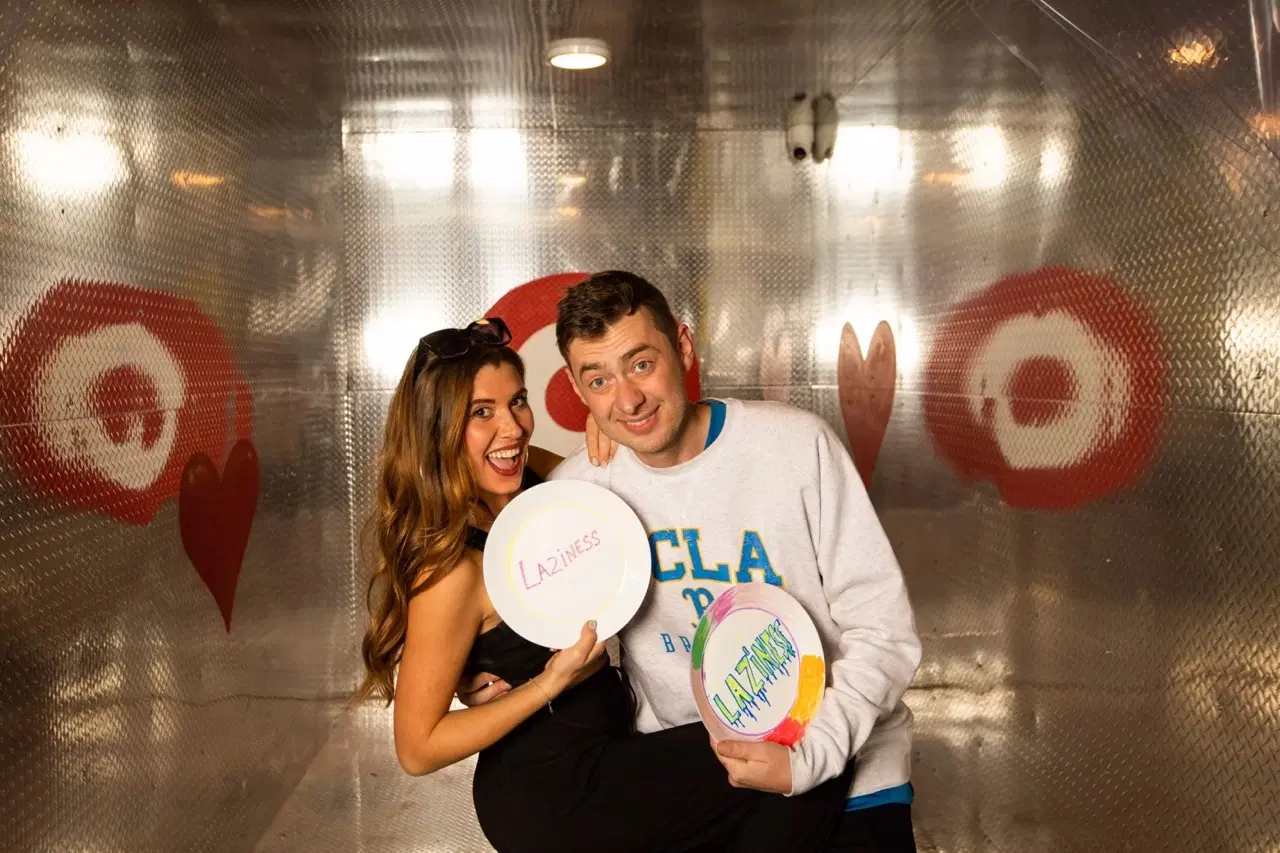In a quiet corner of Los Angeles, glass walls dissolve boundaries between space and sky, inviting visitors into the timeless clarity of Richard Neutra’s modernist vision. Completed in 1932, the VDL Studio and Residences served as both a family home and professional workspace, embodying Neutra’s philosophy of integrating architecture with the natural environment. This house became a living laboratory, where Neutra explored light, openness, and spatial harmony in ways that would influence generations of architects.
The original house was tragically destroyed by fire in 1963, but Neutra, alongside his son Dion, rebuilt it in 1964, preserving the original footprint while incorporating new design elements. The rebuilt VDL Studio and Residences continued to serve as a hub for architectural exploration and creativity. Neutra’s use of glass, steel, and natural materials created a harmonious blend between the house and its surroundings, embodying his philosophy of “biorealism.”
Today, the Neutra VDL Studio and Residences stand as a testament to Richard Neutra’s enduring legacy in modern architecture. The house, now a museum, offers visitors a unique glimpse into Neutra’s innovative approach to design and his influence on the architectural landscape of Los Angeles and beyond.
A Living Museum of Design and Legacy
The Neutra VDL Studio and Residences have been transformed into a museum that celebrates the life and work of Richard Neutra. Operated by the College of Environmental Design at Cal Poly Pomona, the house serves as an educational resource and a center for architectural research. Visitors can explore the meticulously preserved interiors, gaining insight into Neutra’s design process and the evolution of modernist architecture.
The museum offers guided tours led by knowledgeable docents, providing context and commentary on the various aspects of the house’s design and history. These tours highlight the innovative features of the VDL Studio and Residences, such as the use of natural light, open floor plans, and integration with the surrounding environment. The house also hosts exhibitions, lectures, and events that further explore Neutra’s contributions to architecture.
By preserving the Neutra VDL Studio and Residences, the museum ensures that Richard Neutra’s pioneering work continues to inspire future generations of architects and designers. The house stands not only as a historical landmark but also as a living embodiment of his vision for harmonious, human-centered design.
Visiting the VDL Studio and Residences
Located in the Silver Lake neighborhood of Los Angeles, the Neutra VDL Studio and Residences are open to the public on Saturdays from 11:00 AM to 3:00 PM. Admission is $15 for adults, $10 for seniors and students, and free for children under 15. Visitors are encouraged to explore the house and its grounds, experiencing firsthand the innovative design elements that define Neutra’s work.
The house features a variety of spaces, including the main living areas, the studio, and the rooftop garden. Each area showcases Neutra’s attention to detail and his commitment to creating functional, aesthetically pleasing environments. The use of natural materials, expansive windows, and thoughtful spatial arrangements create a sense of openness and connection to the outdoors.
Visitors to the Neutra VDL Studio and Residences will gain a deeper appreciation for the principles of modernist architecture and the lasting impact of Richard Neutra’s work. The house offers a unique opportunity to experience a piece of architectural history and to understand the philosophies that continue to shape contemporary design.
From Mid-Century Modern to Mind-Bending Illusions
After exploring the Neutra VDL Studio and Residences, visitors seeking a contrasting experience can venture to the World of Illusions in Hollywood. This interactive museum offers a series of exhibits that play with perception and challenge the boundaries of reality. Unlike the structured elegance of Neutra’s designs, the World of Illusions provides a whimsical and immersive environment that delights visitors of all ages.
One of the highlights is the Upside Down House, featuring seven uniquely designed rooms where gravity seems to defy logic. The Giant’s House offers an experience where everyday objects are magnified to enormous proportions, making visitors feel as though they’ve shrunk. The Museum of Illusions presents a collection of 3D artworks that create stunning visual effects, perfect for memorable photographs.
For those looking to release some stress, the Smash It! exhibit allows guests to write their frustrations on plates and smash them against the wall—a cathartic experience that contrasts sharply with the serene atmosphere of the VDL Studio and Residences. Together, these attractions showcase the diverse range of experiences Los Angeles has to offer, from the refined elegance of modernist architecture to the playful exploration of perception and illusion.
What is the significance of the Neutra VDL Studio and Residences?
The Neutra VDL Studio and Residences represent a pinnacle of modernist architecture designed by Richard Neutra. This house functioned as both a living space and a creative studio, showcasing Neutra’s vision of harmony between structure and nature. Today, the Residences operate as a museum, preserving his architectural legacy for public exploration.
Can I visit both the VDL Studio and Residences and the World of Illusions in one day?
Yes, it’s entirely possible. While the VDL Studio and Residences offer a serene exploration of Neutra’s architectural work in Silver Lake, the World of Illusions in Hollywood provides an interactive, visually immersive experience. Visiting both reveals the range of Los Angeles attractions, from intellectual inspiration to playful creativity.
Are there guided tours available at the Neutra VDL Studio and Residences?
Yes. Guided tours are held on Saturdays and are led by knowledgeable docents who provide insights into Neutra’s design philosophy. The experience includes access to the studio areas and living quarters of the Residences, offering a comprehensive look at how the house was used during Neutra’s lifetime and beyond.







